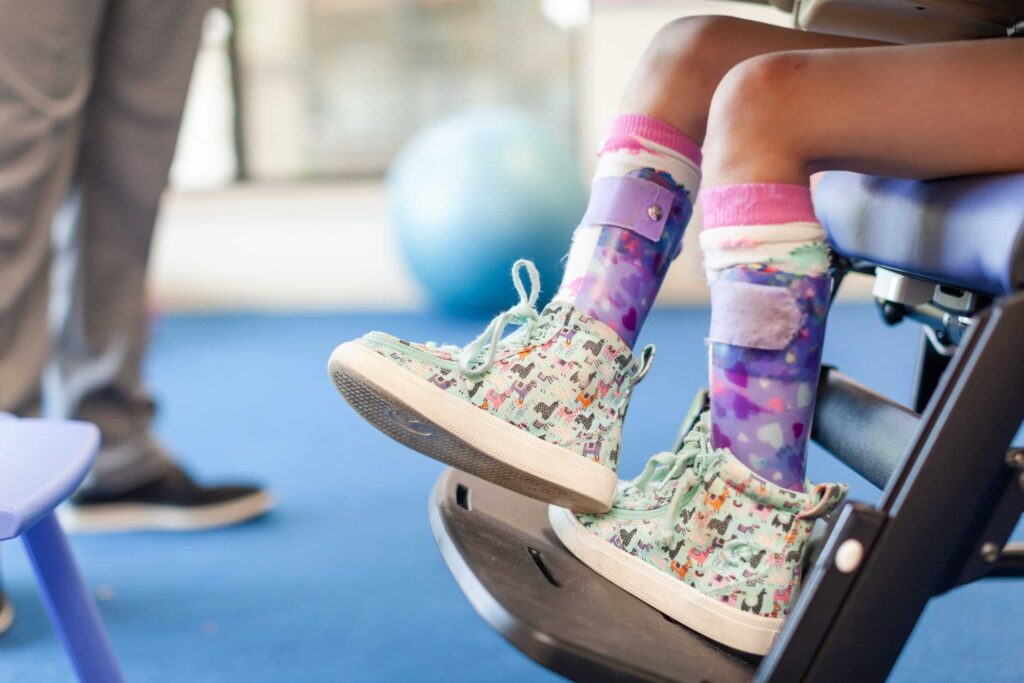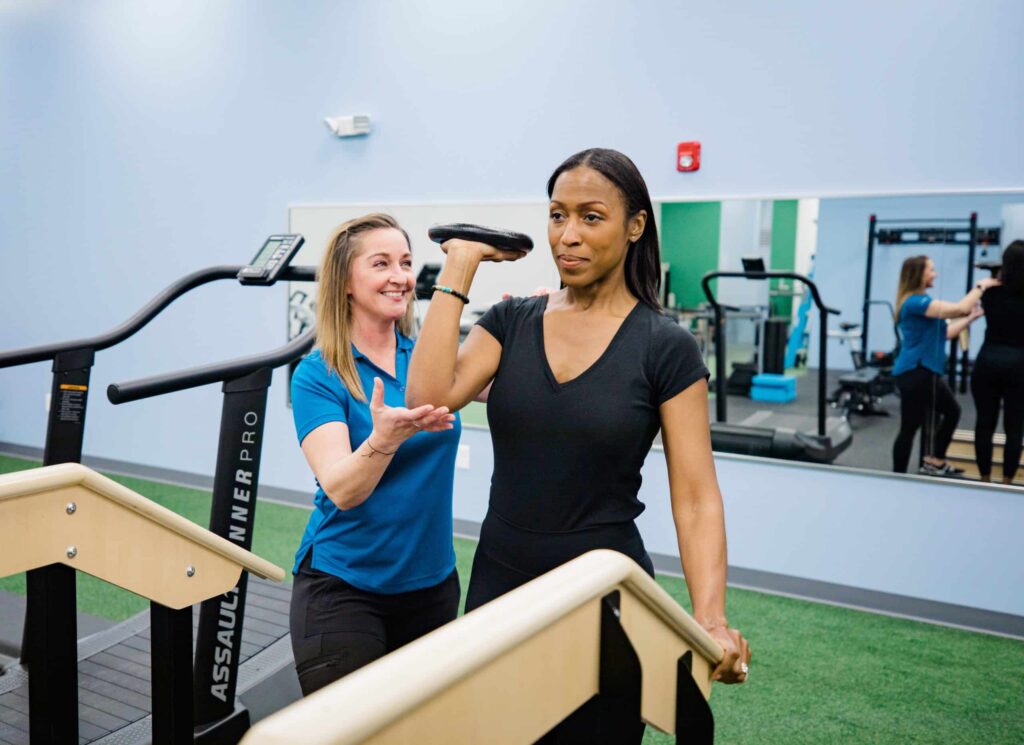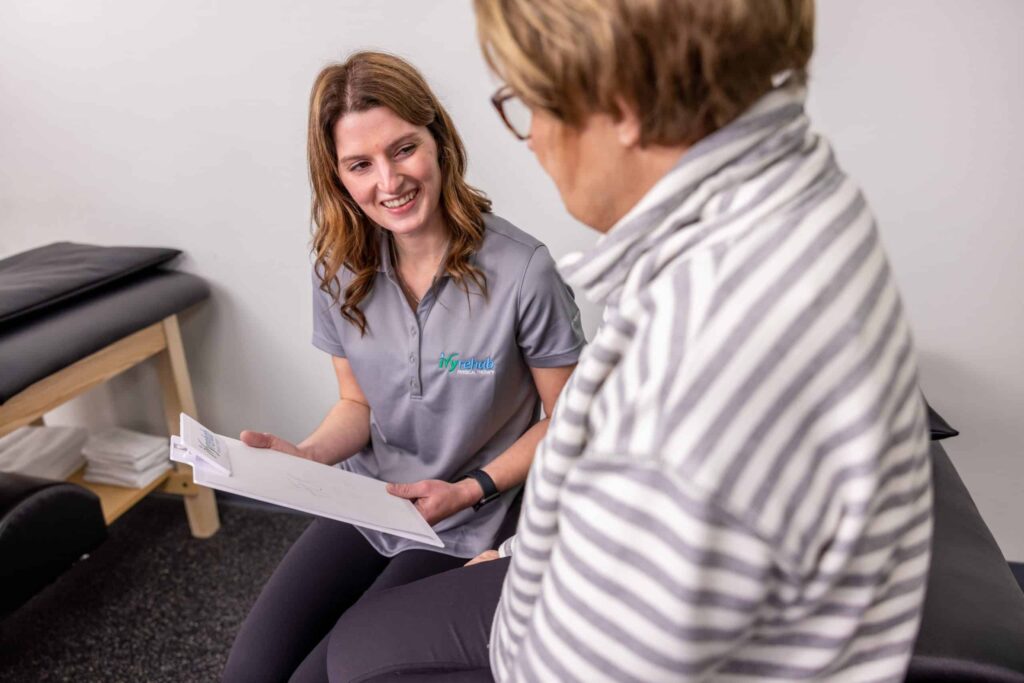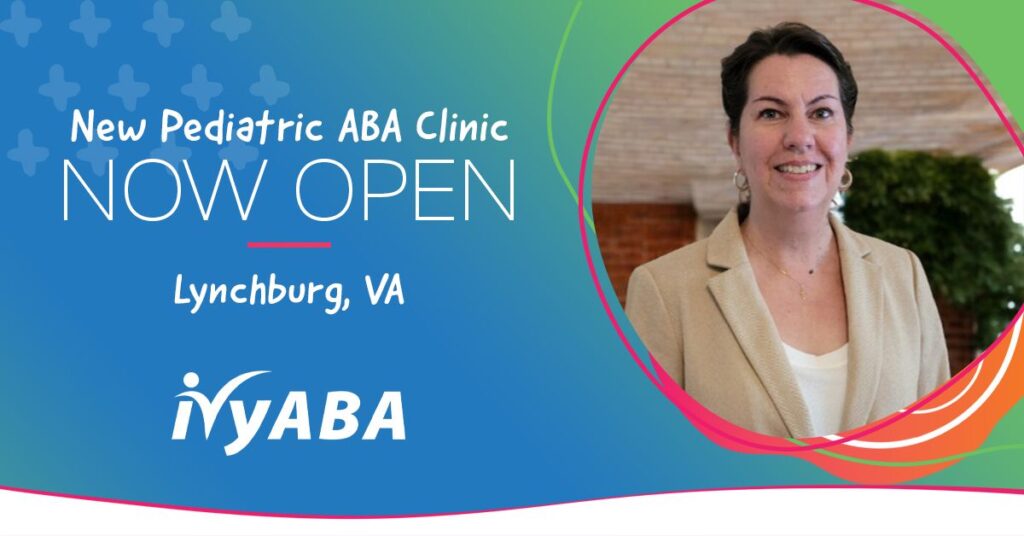This content was updated for accuracy and relevance on 04/02/2024
Pediatric movement disorder is a broad term used to describe children’s quality, fluidity, and ease of movement. An abnormal movement can be an unintended extra or involuntary movement. These types of developmental disabilities in children can exist independently or as a symptom of another condition. They are typically classified into hyperkinetic or hypokinetic disorders. Children will have difficulty performing movements of the arms, legs, or trunk due to several different issues. In hypokinetic movement disorders, the movements may be rigid, slow, and difficult to initiate or execute. In hyperkinetic movement disorders, the movements could also be excessive and difficult to stop.
Regardless of the type of movement disorder, it is essential to take note of any atypical movements, postures, or sounds that you see in your child consistently. Early detection leads to early treatment. Kids have tremendous potential for change!
Signs of movement disorders
In this pediatric neurology field, there are a few different movement disorders that present signs and symptoms. Common signs and symptoms of pediatric movement disorders include:
- Spasticity: Rigidity of muscles, strong muscle tone, stiffness when attempting to move joints
- Ataxia: Uncoordinated movements, clumsiness
- Dystonia: Twisting movements, slow, repetitive movements, contorting postures
- Chorea: Jerky, irregular, flowing movements
- Bradykinesia: Slow movements
- Tremors: Shaking or trembling of limbs
- Tic disorders: Sudden, involuntary movements
- Swallowing or speaking difficulties
These signs and symptoms are concerning when they are consistent, constant, and interfere with a child’s development. For example, spasticity differs from an infant or toddler voluntarily tensing their muscles. Sometimes kids will tighten their muscles and hold their extremities very straight and rigid when upset or angry but can relax their muscles and move their joints freely when they are calm and focused on a task. Children with spasticity cannot change their muscle rigidity or stiffness, regardless of how hard they try. So, keep that in mind when considering whether you are observing a symptom of a common movement disorder or a natural part of being a kid.
What are the different types of movement disorders?
Each movement disorder manifests in different ways. If you think your child is exhibiting signs of a movement disorder, it’s important to identify which type so they can receive targeted treatment.
Cerebral Palsy
Cerebral palsy is an umbrella term for disorders that affect a person’s ability to move and maintain posture. This is a result of abnormal brain development or damage to the developing brain, typically in utero or at birth. Children with cerebral palsy can present in various ways ranging from very mild motor involvement to severe, full-body involvement.
A common aspect of CP is spasticity, or high muscle tone and rigidity. Depending on the level of involvement, children with CP might demonstrate bradykinesia, or slow movements, due to their spasticity. Spasticity can significantly affect a child’s ability to sit, crawl, stand, and walk. Selective Dorsal Rhizotomy is a surgical procedure to reduce spasticity in the legs and reduce the effect it has on a child’s ability to move.
Spasticity
Spasticity results from damage to the motor nerves in the brain that communicate with the muscles in the body. This common movement disorder refers to the tightening of the muscles, or a constant contraction of the muscles, that makes it difficult to stretch those muscles. Some also refer to it as high muscle tone. A significant amount of resistance is felt in muscles when trying to stretch a joint such as the elbow, knee, or hip. Spasticity makes it difficult for a child to move their body depending on the part of their body that it affects.
There are different terms to describe the different areas of the body that spasticity involves. Hemiplegia refers to one side of the body being involved. Children can have spastic right hemiplegia or spastic left hemiplegia. Diplegia refers to both legs being affected. Quadriplegia affects both arms and legs, and the face and torso are often associated.
Ataxia
Another disorder that results in unusual movements is Ataxia. Ataxia is a lack of motor coordination as a result of injury to the cerebellum. This pediatric neurology disorder describes clumsy, uncoordinated, irregular movements that make balance and smooth, fluid movements difficult.
Dystonia
When dystonia is present, muscles will contract in opposition, causing uncomfortable twisting movements. Dystonia may be inherited (genetic), acquired, or idiopathic. Acquired dystonia typically results from injury to the brain, for example, traumatic brain injury or stroke.
Chorea
Chorea itself is not a diagnosis, but typically a symptom of a neurological condition. It describes irregular, flowing, unpredictable movements through the extremities. It is present when there is an injury to the basal ganglia, an area of the brain that controls movement.
Tremors
A tremor is a shaking or trembling of a limb. It can be a symptom of neurologic injury, genetic condition, functional movement disorder, or even a side effect of medication. Sometimes tremors can be hereditary. The most common type of inherited tremor is the essential tremor. The cause is unknown, but it’s most commonly present in the hand, affecting writing and tying shoelaces in children.
Tics
Tics are sudden, involuntary movements or sounds. Motor tics can occur in any body area and can range in severity. A tic disorder can change over time and worsen if a child is ill, tired, or stressed. Additionally, it can worsen in the early teenage years but often improve by early adulthood. Tourette syndrome is one of the tic disorders, characterized by chronic motor and vocal tics.
What causes child movement disorders?
To better understand childhood movement disorders, it’s important to know what they result from. There is a wide range of causes for movement disorders in children, which can be linked to:
- Neurological injuries
- Genetic abnormalities
- Metabolic dysfunction
- Medication side effects
In some cases, it’s possible to address and resolve the cause of the movement disorder, which will, in turn, resolve the movement disorder, such as tremors. However, in other cases, such as permanent neurological injury or permanent damage, the focus on the movement disorder becomes management, adaptation, and improving the symptoms.
Neurological injury or damage can come from:
- Traumatic brain injury (TBI)
- Stroke
- Seizures
- Damage in utero
These injuries that cause changes to the nervous system cannot be reversed. However, the effects of neurological damage can be addressed, and children can work to improve their overall strength, coordination, balance, and functional mobility.
Injuries are not the only cause of neurological disorders. Additionally, genetic abnormalities can also lead to movement disorders in children. Hereditary movement disorders present characteristics of uncontrolled movements and ataxia. Some examples include Juvenile Huntington’s Disease and Wilson’s disease, which are both rare. Other movement disorders with a genetic component can consist of general ataxia, spasticity, or dystonia. Again, although these genetic conditions are permanent, the symptoms can be addressed, and children can improve their overall functional mobility by working on strength, coordination, and balance.
Both an acquired and inherited metabolic disorder can contribute to movement disorders in children. Acquired forms are often treatable, and with inherited conditions, sometimes the neurological condition itself can be treated, or at minimum, the symptoms can be treated and reduced to an extent.
Treatment Options for Pediatric Movement Disorders
When addressing pediatric movement disorders, a tailored approach is important for effective management and treatment. Options range from non-invasive therapies, such as occupational and rehabilitation physical therapy, and Comprehensive Behavioral Intervention for Tics (CBIT.
An interdisciplinary approach involving a team of specialists across different fields is needed to develop a comprehensive and customized treatment plan that addresses both the physical and psychological aspects of these disorders, ensuring the best possible outcomes for the child.
Ivy Rehab for Kids can help!
Whether you may have noticed involuntary movement, stiffness, or shaking and trembling of limbs, it may be time to learn if your child is experiencing a movement disorder. Finding a treatment option or a movement disorders program early on can have a great impact.
Our pediatric physical therapists and occupational therapists are trained experts in pediatric movement disorders. We offer a variety of pediatric programs and can assess your child’s ability to move, identify typical movement patterns compared to red flag movements that require intervention, and help your child move efficiently, effectively, and successfully. Whether you have a specific concern or movement observed in your child, or just know that something is off, we can help. Learn more about the benefits of physical therapy or occupational therapy and find a movement disorders program today.
Visit our website to find a location near you or to request an appointment online.
Article By: Jill Owen, DPT
Jill began her PT career nine years ago. Jill loves working with the pediatric population and believes in the importance of providing quality treatment and education to patients and their families. She currently specializes in movement disorders, torticollis, and developmental delay. Jill enjoys working with kids of all ages and abilities to reach their full potential and live their best lives! She currently treats patients at Ivy Rehab for Kids in Tecumseh, MI.







